| Lesson 2 | Storefronts: Creating demand on the Web |
| Objective | Describe how to create demand and draw attention to B2C sites. |
Storefronts for creating Demand on the Web
Over 2.4 billion people (2,405,518,377) surf the Web and there are over 2 billion web sites.
In web terminology (derived from advertising lingo), websites compete with another for first page search engine results and focus on various channels to generate "traffic." If you hope to successfully launch a web based ecommerce sales channel[1], first your website must attract visitors.
- Web Storefront:
A Web "storefront" merely acts as a proxy for a physical, or "brick-and-mortar", store. Your Web site displays your goods and services on your virtual storefront in order to attract and close buyers.
With a physical store, location can have a huge influence over a company's ability to generate traffic. A store on Fifth Avenue in midtown Manhattan in New York City lures potentially far more prospects than a store on a dirt road in a remote village. The Web, however, eliminates location: all storefronts on the Web stand on the busiest intersection in Manhattan on the peak shopping day of the year.
Differentiating your Web site
The difficulty lies in getting noticed, in differentiating your Web site from others, and in developing a brand. The need to get your Web site noticed applies to all e-commerce sites, though the techniques vary somewhat between B2B and B2C.
- Creating demand for an e-commerce site:
Creating demand for an e-commerce Web site cannot be done in a vacuum. If you could drive as much traffic as you could ever want to your e-commerce Web site, would you be prepared? Several business and technical questions must be addressed first to determine your company's Web readiness. Some questions you might ask include:- Do we have hardware that will support high volumes of site traffic?
- Do we have inventory and fulfillment operations (such as picking/packing and freight) adequate enough to handle dramatically increased volumes of sales?
- How does a successful e-commerce Web site affect existing sales, marketing, staff, and operations?
Web storefronts: Business and implementation Issues
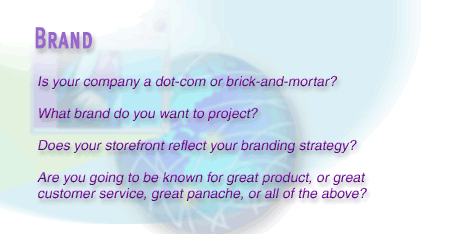
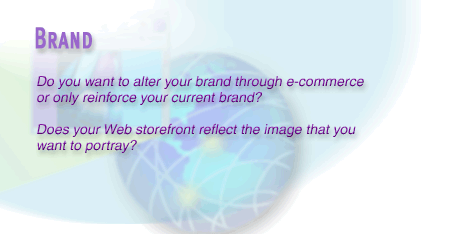

Data-Driven Marketing

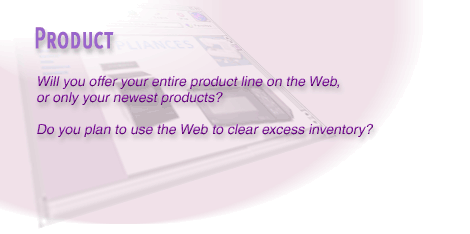
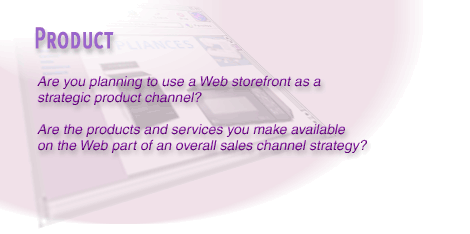
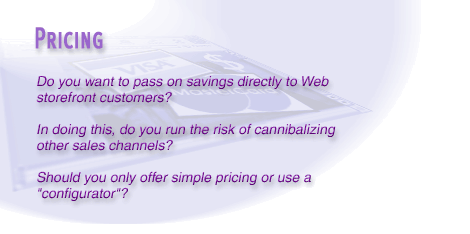
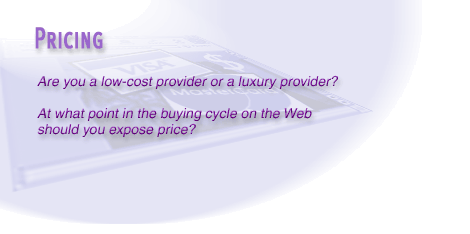


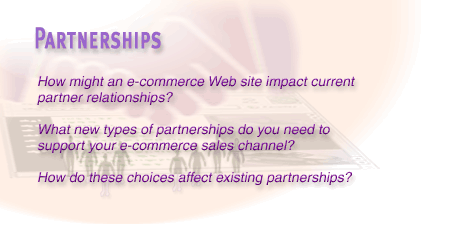

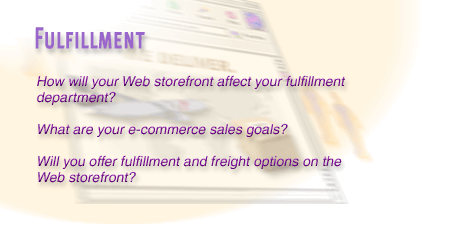
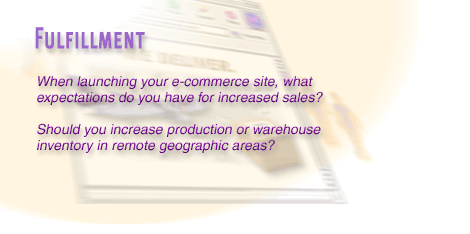
In the next lesson, you will learn how to keep online customers happy and satisfied.
[1]sales channel: A sales channel is the way in which a business-to-business (B2B) sales organization goes to market, either through direct or indirect routes, to sell its product or solutions to end customers.